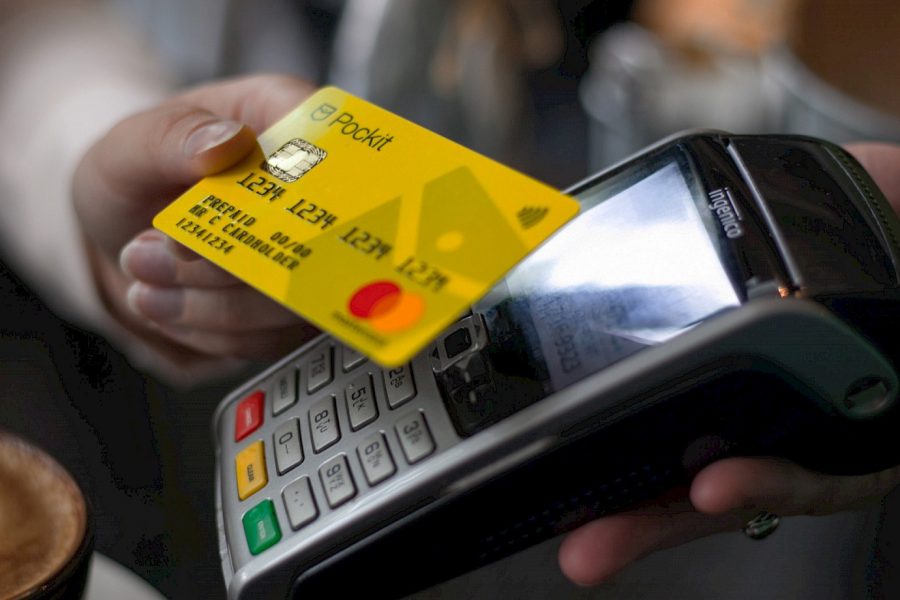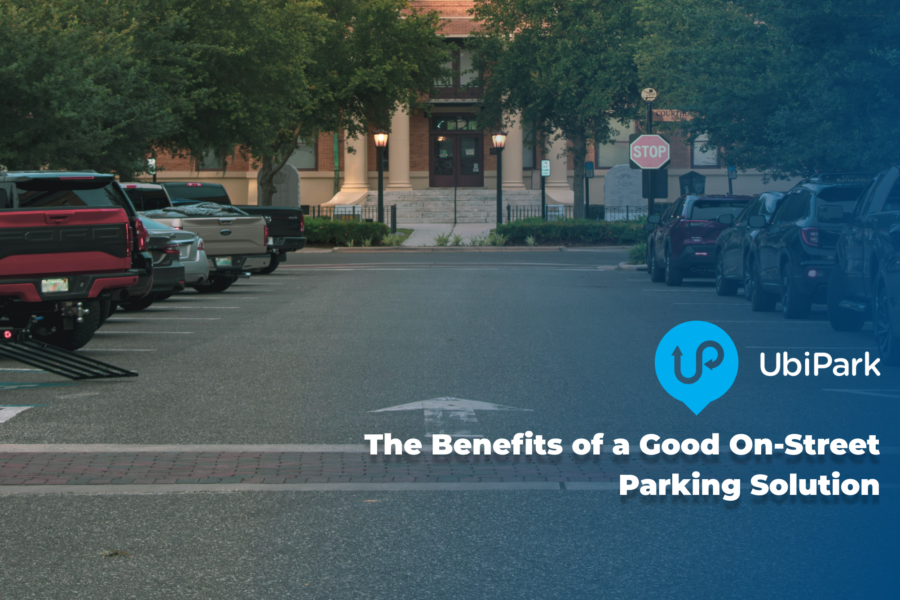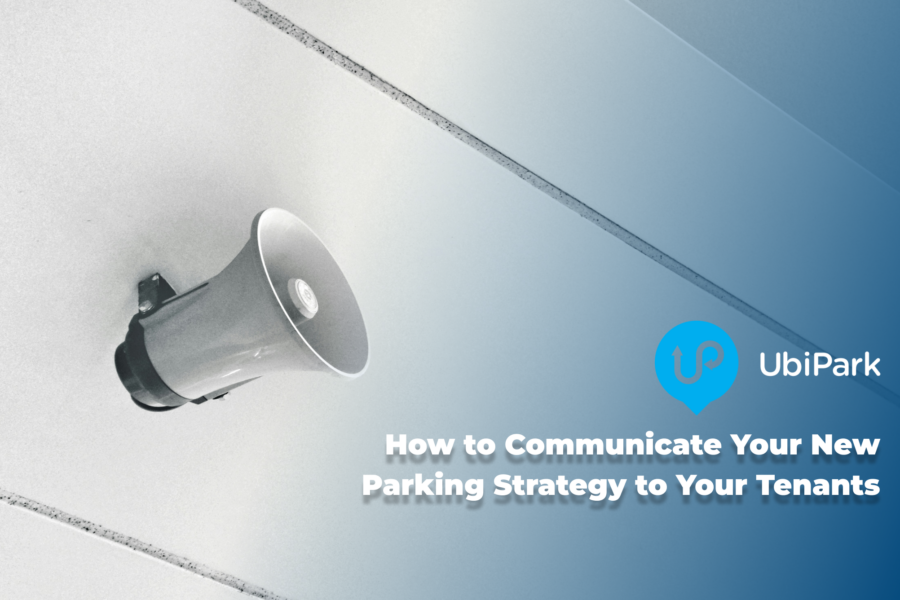Zero contact parking – truth from fiction

June 10, 2020
The need for sanitising, washing hands frequently and keeping a good distance have been impressed upon people throughout the COVID-19 pandemic.
That is likely to remain the case well into the future now that the world has seen what outcomes of inadequate health standards can be.
Touch was identified as a prime concern in the transmission of COVID-19. A general rule: If you don’t own it, don’t touch it. A virus exists not only on physical surfaces but also can exist as droplets in the air, hence the crackdown by our respective governments on social distancing.
So what does this mean for parking & what in fact is a true zero contact parking experience?
Parking, like every industry, has changed forever. The outdated and antiquated machines used to manage the current car park experience will be quickly replaced. Put simply, people won’t want to touch anything in a public place that presents a risk of picking up the virus.
Many companies have quickly jumped on the zero-touch or touchless parking bandwagon, but only a few can truly lay claim to a 100% safe COVID-19 experience. In short, a zero contact parking experience is one where the driver does not wind down his or her window to enter, exit or pay for parking. Using any other method to park is simply not a zero contact parking solution.
I’ve seen companies in our industry championing ‘touchless’, ‘zero contact’, ‘contact-free’ yet they are still asking motorists to touch buttons, use credit card readers or passcards, all outside of their vehicle. This, of course, still presents a potential risk of exposure to COVID-19.
In fact, a leading European PARCS equipment supplier claimed to have a COVID-19 contactless parking solution however the solution still requires the customer to press a button and take a ticket. That’s not contactless.
So, how safe is the use of cards and tickets?
Viruses usually are carried in droplets and it is where those droplets fall that brings about the risk of transmission of any virus, even the flu.
The primary way a virus spreads is when a person encounters respiratory droplets emitted when an infected person coughs or sneezes.
Another means of transmission is by touching contaminated objects. Commercial transactions involving cash money were identified early as a possible risk.
While the community was urged to use tap-and-go payment methods, very few are contact-free.
Direct debit and on-line payments are true contactless methods of payment but are not practical in all situations, and particularly at parking stations.
Transactions that require cards to be inserted into readers, tickets to be withdrawn and PINs to be entered raise hygiene concerns. For example, it is impossible for operators to ensure such devices are sanitised after every use, so as each card or PIN is entered the possibility exists for germs and virus to spread without actual physical contact between two people.
Tap and Go credit card readers add some additional safety but if a pedestrian coughs or sneezes as they walk past while your arm is out the window then there is still a risk of diseases such as COVID-19 being transmitted.
The answer for secure zero-contact transactions is windows-up.
As people move from COVID-19 lockdown back to work and commerce, car parking becomes an area where zero contact windows-up solutions are increasingly important for hygiene and health safety.
Touchless parking solutions include licence plate recognition and smartphone-based technology through specifically designed apps.
At the forefront of innovation in this area is the UbiPark development of an app and online digital solutions for licence plate recognition.
App-based solutions provide functionality for a customer to search, navigate, access and pay for parking directly from a smartphone; no touching tickets, cards or machines. No cash, no winding down your window.
By using the app, entry and exit to car parks can be made without touching anything that doesn’t belong to the customer. Remember, if you don’t own it, don’t touch it.
This meets the picture of the “new normal” that will emerge when the COVID-19 pandemic is at least under control and when people have a heightened awareness of hygiene and personal safety.




